A taste of childhood: 5 legendary Soviet candies
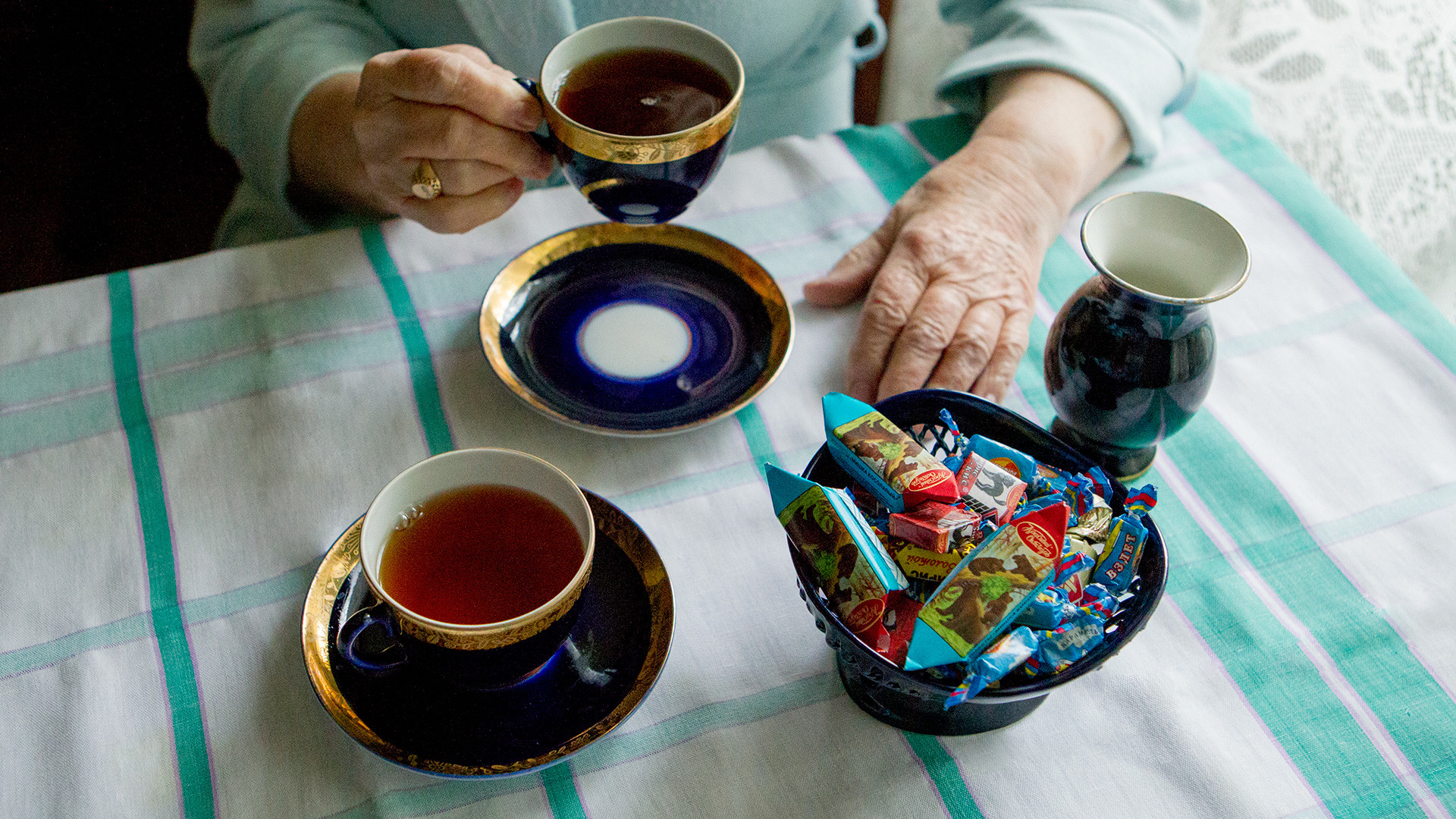
Those who grew up in the USSR still remember Soviet candies with particular fondness. Children would save the money their parents gave them to pay for school meals or a tram journey in order to buy 100 grams of lollies or toffees. But chocolate candies were expensive and scarce, and they were bought only for special occasions.
1. Mishka Kosolapy
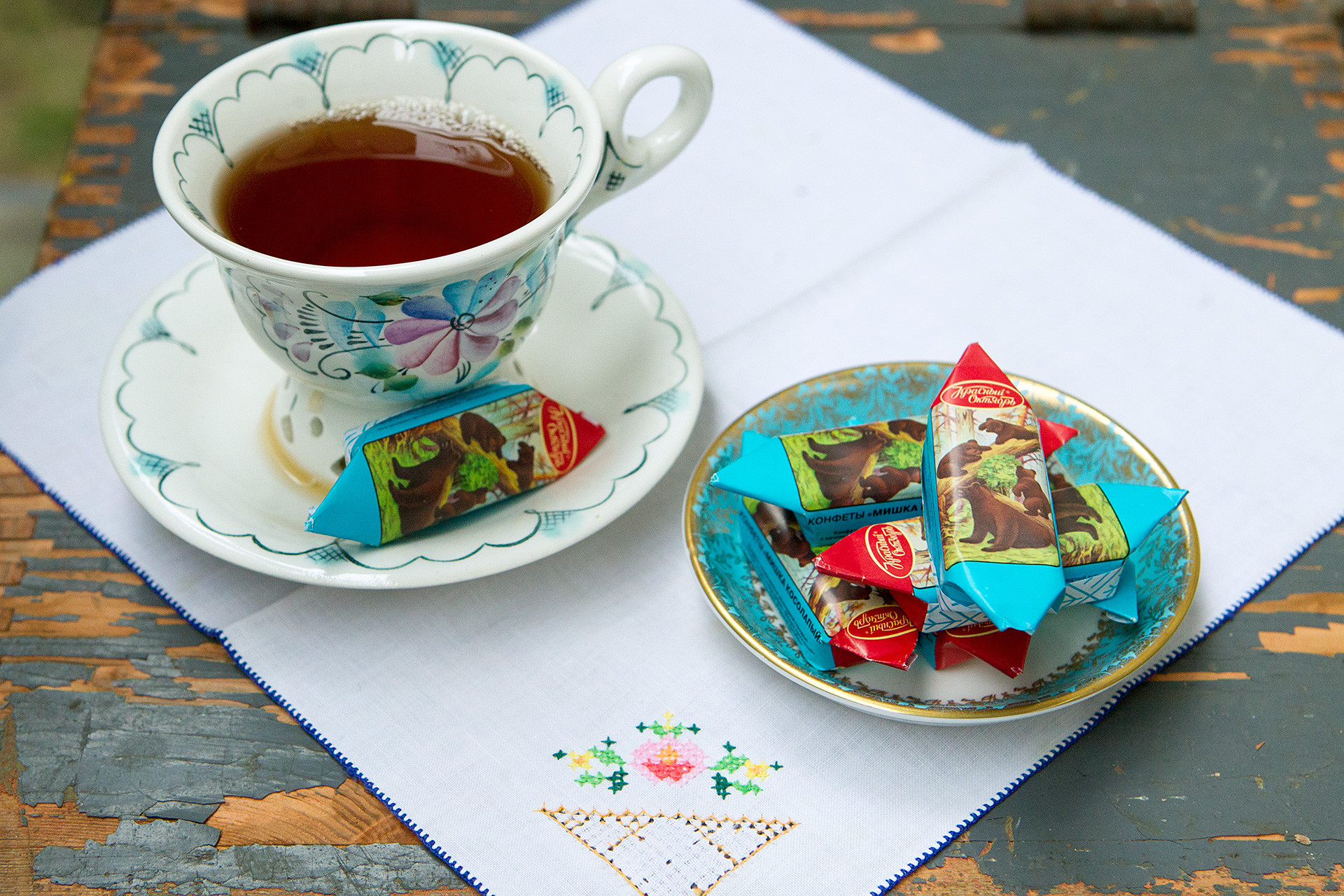
Although Mishka Kosolapy (Clumsy Bear) candies were originally produced back in tsarist Russia, they became a kind of confectionery symbol of the USSR. The candy consisted of two wafers with almond praline covered in dark chocolate. But it became particularly popular with Soviet citizens not for its taste but for its wonderful blue wrapper showing a fragment from Morning in a Pine Forest, a painting depicting three bears by Ivan Shishkin and Konstantin Savitsky. The candy was expensive, it cost almost four rubles a kilo in those days, which is almost $7 at today's prices. People in the USSR would try to buy Mishka Kosolapy for New Year to decorate their tree.
2. Kara-Kum

Why exactly a popular and tasty candy was named in honor of a desert in Turkmenistan is impossible to say for sure. The candy has nothing to do with black sand, which this is what Kara-Kum literally means in the Turkmen language. Kara-Kum chocolate is made of nut praline and crushed wafers covered with chocolate glaze. Customers loved its nutty chocolate flavor and in the nineties even American confectionery factories produced Kara-Kum. Its price was similar to Mishka Kosolapy.
3. Rot Front bars
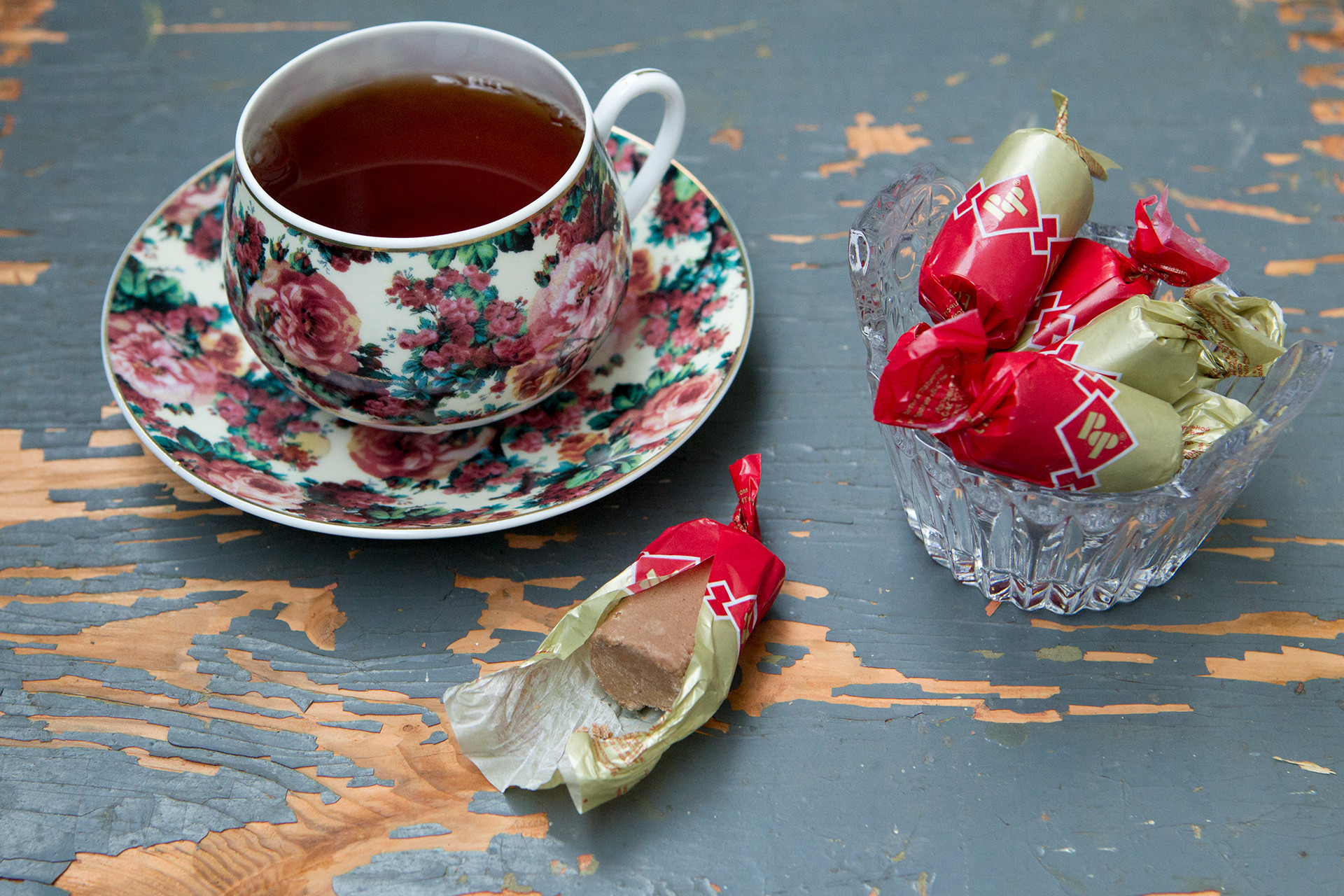
4. Vzletnaya candies
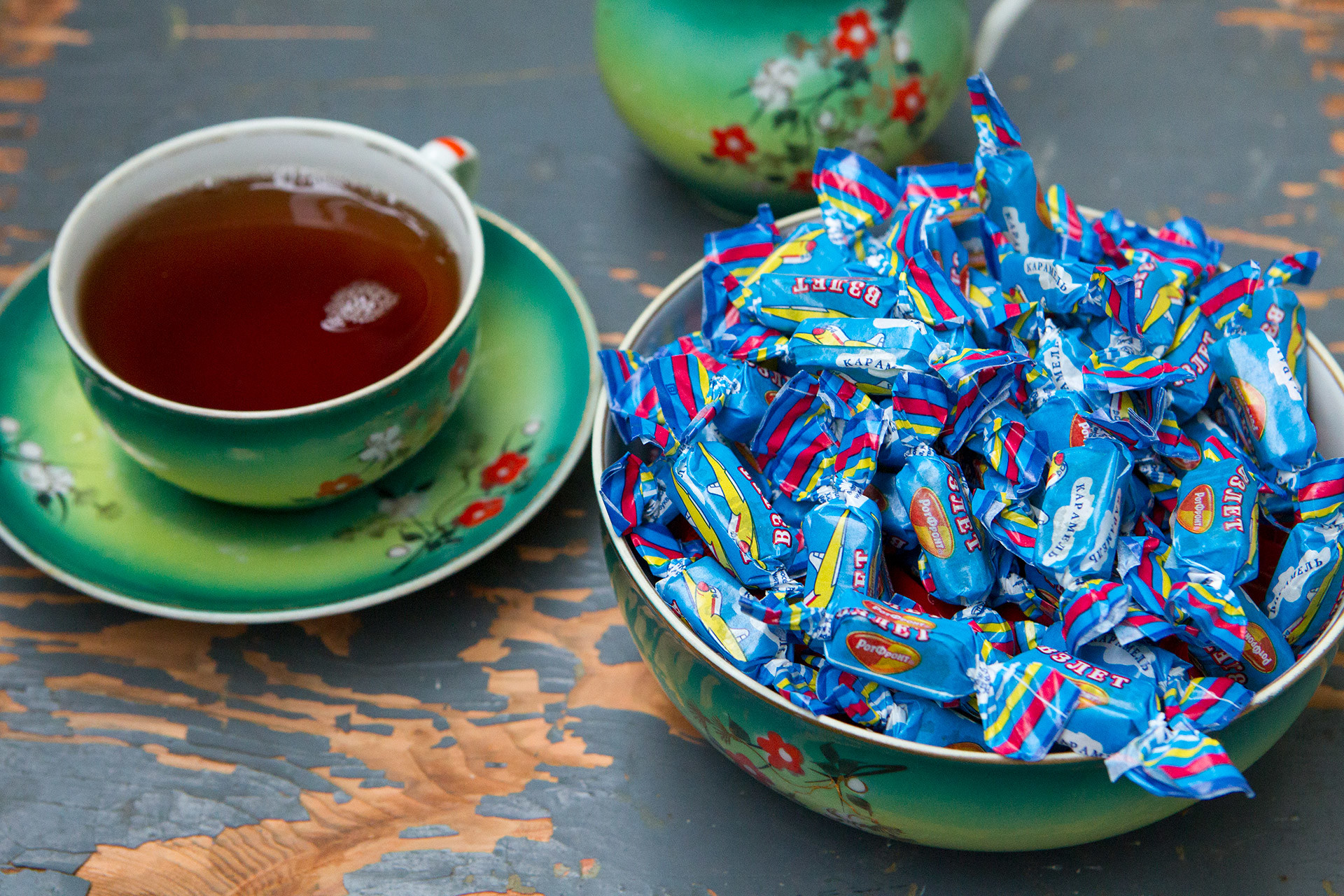
These hard candies had a wonderful lemony flavor and sucking them until they dissolved took a long time. And all this was because Vzletnaya candies were intended for air passengers during take-off to stop their ears from being blocked as a result of falling pressure on the eardrums. At
5. Kis-Kis and Zolotoy Klyuchik toffees
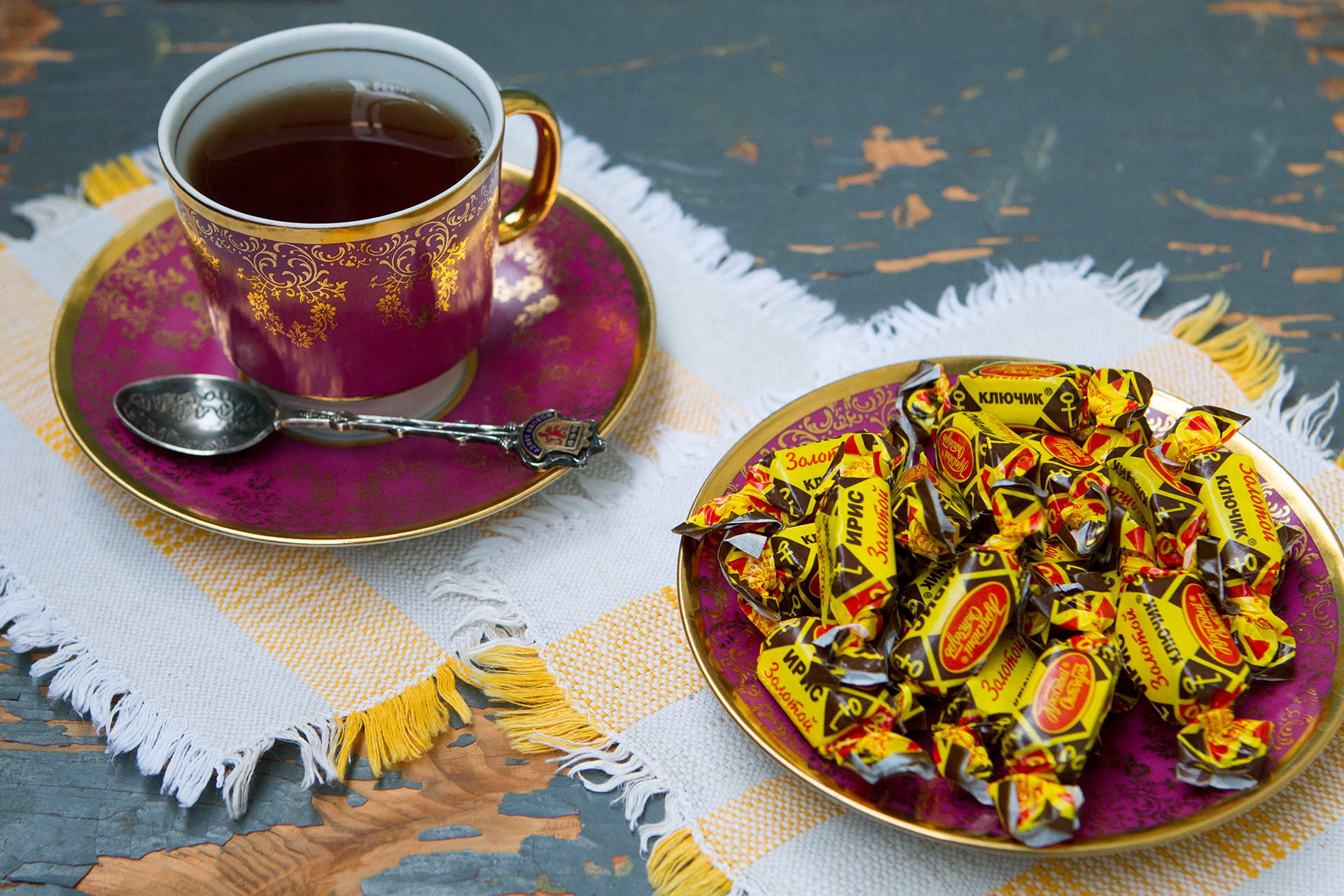

The next stage of eating a toffee was to chew it till it became soft. In the
Many Soviet candies can still be found in shops and are easily available. People who left the USSR to live abroad still ask friends and family to bring a couple of kilos of the legendary and universally loved candies, instead of souvenirs.
If using any of Russia Beyond's content, partly or in full, always provide an active hyperlink to the original material.
Subscribe
to our newsletter!
Get the week's best stories straight to your inbox